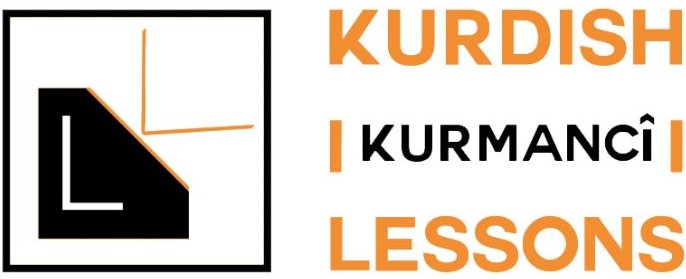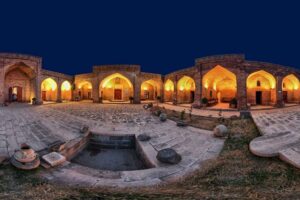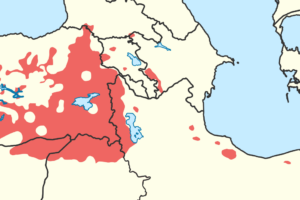
Badini and Kurmanji Kurdish 101: Everything You Need to Know About the Dialects
What You Need to Know About Badini and Kurmanji Kurdish: A Q&A Blog Post
Introduction
Kurdish is a language spoken by millions of people across the Middle East and beyond. It has many dialects, each with its own features and history. In this blog post, we will focus on two of the most common dialects: Badini and Kurmanji. We will answer some basic questions about these dialects, such as what they are, how many people speak them, how they differ from each other and from other Kurdish dialects, and what are some of their cultural and historical aspects. Whether you are interested in learning Kurdish, or just curious about this fascinating language, we hope you will find this post informative and useful.
Questions and Answers
Q: What are Badini and Kurmanji Kurdish?
A: Badini and Kurmanji are two dialects of the Kurdish language, which belongs to the Western Iranian branch of the Indo-European language family. Kurdish is spoken by Kurds in the geo-cultural region of Kurdistan and the Kurdish diaspora. ¹
Q: How many people speak Badini and Kurmanji Kurdish?
A: According to Ethnologue, Kurmanji is the most widely spoken form of Kurdish, with an estimated 16 million speakers. ² Badini is a dialect of Kurmanji that is spoken by about two million people in Northern Iraq. ³
Q: How are Badini and Kurmanji Kurdish different from each other?
A: Badini and Kurmanji are mutually intelligible dialects, but they have some differences in vocabulary, grammar, and pronunciation. For example, Badini has more Arabic loanwords than Kurmanji, and it uses the Arabic script, while Kurmanji uses the Latin script. ⁴⁵
Q: How are Badini and Kurmanji Kurdish related to other Kurdish dialects?
A: Kurdish is divided into three main dialect groups: Northern Kurdish (Kurmanji), Central Kurdish (Sorani), and Southern Kurdish (Xwarin, Palewani). Badini and Kurmanji belong to the Northern Kurdish group, which is spoken in Turkey, Syria, Iraq, Iran, and the Caucasus. Sorani is spoken in Iraq and Iran, and Southern Kurdish is spoken in Iran and Iraq. ¹
Q: What are some cultural and historical aspects of Badini and Kurmanji Kurdish?
A: Badini and Kurmanji Kurdish have a rich literary and oral tradition, dating back to the 16th century. Some of the most famous Kurdish poets, such as Ehmedê Xanî and Melayê Cizîrî, wrote in Kurmanji. ² Badini and Kurmanji Kurdish are also the common and ceremonial languages of Yazidis, a religious minority that follows an ancient faith with elements of Zoroastrianism, Islam, Christianity, and Judaism.
Conclusion
We hope you enjoyed this Q&A blog post about Badini and Kurmanji Kurdish. We tried to cover some of the most important and interesting aspects of these dialects, but of course, there is much more to learn and discover. If you want to learn more about Kurdish language and culture, you can check out some of these resources: [Kurdish Academy of Language], [Kurdish Wikipedia], [Kurdish Institute of Paris]. Thank you for reading and stay tuned for more posts about languages and dialects.
Source: Conversation with Bing, 27/12/2023
(1) Kurmanji – Wikipedia. https://en.wikipedia.org/wiki/Kurmanji.
(2) Kurdish languages – Wikipedia. https://en.wikipedia.org/wiki/Kurdish_languages.
(3) Behdini Kurdish | 7000 Languages | United States. https://www.7000.org/behdini-kurdish.
(4) Learn About Kurdish Language | The Kurdish Project. https://thekurdishproject.org/history-and-culture/kurdish-culture/kurdish-language/.
(5) Differences Between Kurmanji (Northern) and Sorani (Central) Kurdish. https://ai.glossika.com/blog/difference-between-kurmanji-and-sorani-central-kurdish.




1 Comment
Hi more than two million and half speak badini kurdish in rojava two and som also speak badini in bakur two